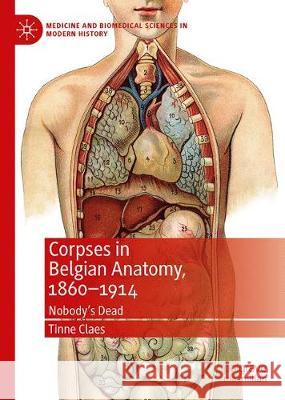Corpses in Belgian Anatomy, 1860-1914: Nobody's Dead » książka
topmenu
Corpses in Belgian Anatomy, 1860-1914: Nobody's Dead
ISBN-13: 9783030201142 / Angielski / Twarda / 2019 / 323 str.
Corpses in Belgian Anatomy, 1860-1914: Nobody's Dead
ISBN-13: 9783030201142 / Angielski / Twarda / 2019 / 323 str.
cena 322,01
(netto: 306,68 VAT: 5%)
Najniższa cena z 30 dni: 308,41
(netto: 306,68 VAT: 5%)
Najniższa cena z 30 dni: 308,41
Termin realizacji zamówienia:
ok. 22 dni roboczych
Dostawa w 2026 r.
ok. 22 dni roboczych
Dostawa w 2026 r.
Darmowa dostawa!
Kategorie BISAC:
Wydawca:
Palgrave MacMillan
Seria wydawnicza:
Język:
Angielski
ISBN-13:
9783030201142
Rok wydania:
2019
Wydanie:
2019
Numer serii:
000796561
Ilość stron:
323
Waga:
0.55 kg
Wymiary:
21.01 x 14.81 x 2.06
Oprawa:
Twarda
Wolumenów:
01
Dodatkowe informacje:
Wydanie ilustrowane











